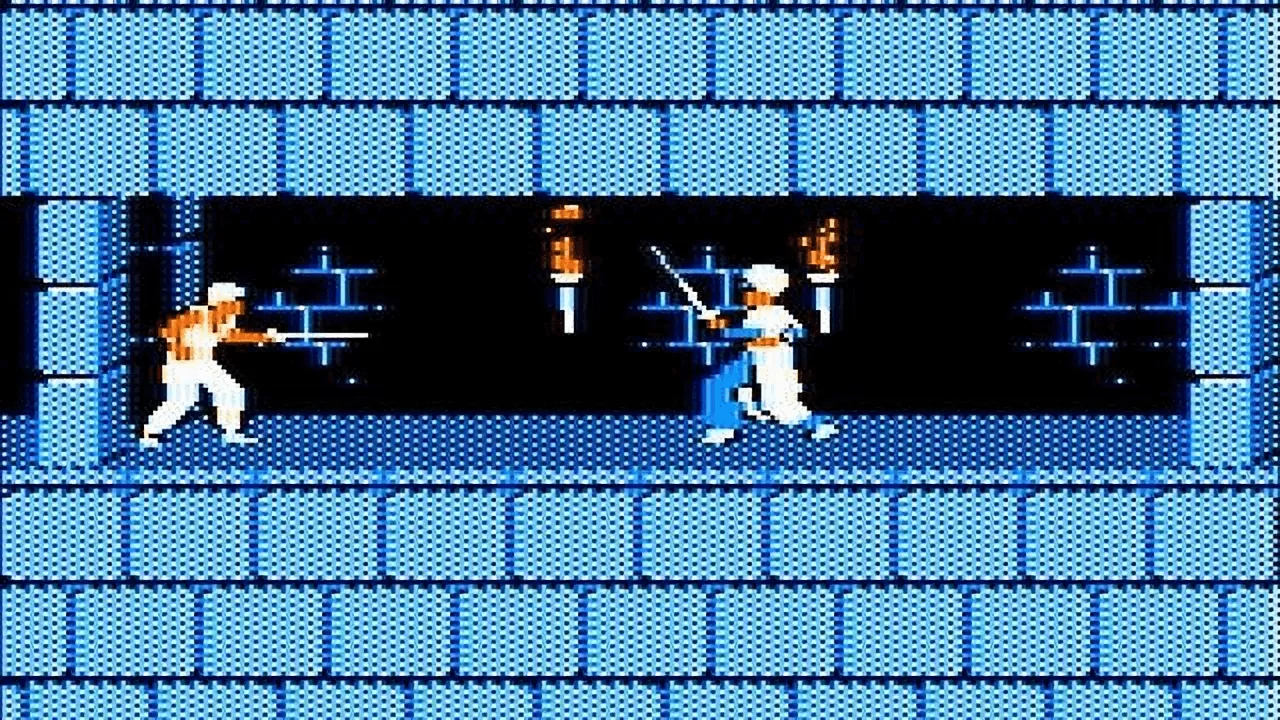Ars Technica as part of its ongoing War Stories series recently highlighted the fascinating development of Prince of Persia.
Creator Jordan Mechner started working on what would become Prince of Persia in 1985, shortly after graduating from Yale University. With one game - Karateka - already under his belt, distributor Brøderbund gave him their blessing to develop an original title.
Those familiar with Prince of Persia often comment on how lifelike the game's character animations are. They have a certain fluidity to them that simply hadn't been seen in video games before. It was almost as if the characters were straight out of a modern motion-capture studio, except, such technology was still years away from being introduced.
So, how did Mechner do it?
Using a home video camera, Mechner recorded footage of his brother running, jumping and performing other moves in a parking lot across the street from their high school. He then took the footage, played it back on a TV in a darkened room and used a 35mm film camera set up on a tripod to snap photos of the screen, frame by frame. After developing the film at a one-hour photo facility, he then taped the snapshots together and used a Sharpie and Wite-Out to highlight the outlines of each character.
This was then put into a Xerox machine to create one clean sheet of paper with a series of frames of a white character against a black background. Mechner said the contrast was sharp enough that he could then put the piece of paper on an animation stand and use a video camera to feed it into the Apple II.
Mind you, the Apple II had no video input, so he had to use a special digitizer card capable of capturing a single still image at a time.
With the sheet of characters successfully scanned into the computer, Mechner was then able to use his animation tool to cut out the character models pixel by pixel and run the frames in sequence. It was a painstakingly tedious process, no doubt, but it's an excellent example of thinking outside of the box and using practical problem solving.
And that was only the tip of the iceberg as Mechner also had to work around the Apple II's memory limitations, among other challenges.
